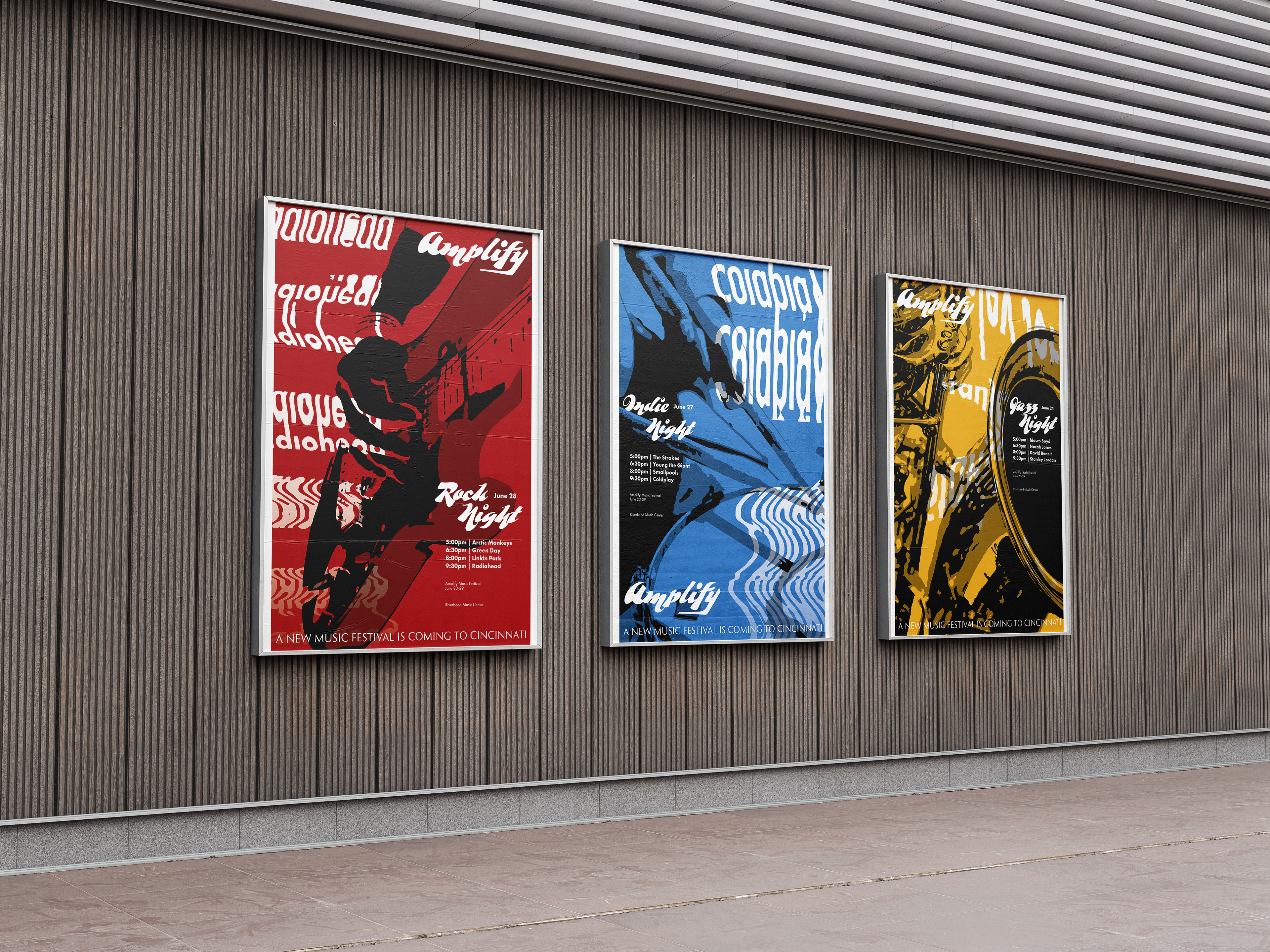Objective
Compose a non-literal visual and typographic sequence. Apply the structural principles of visual organization, and integrate type, graphic elements, and image.
This booklet focuses on the haiku "A Poppy Blooms" by Katsushika Hokusai.
I write, erase, rewrite
Erase again, and then
A poppy blooms
Typeface and Colors
The typeface selected for this project was Apple Chancery. It was chosen because it appeared more handwritten and fluid, unlike most other fonts. The font needed to be legible as well as feel elegant and handwritten as the haiku focused on the process of writing and revision.
The colors were kept in black and white aside from the word "poppy" to keep it in line with handwritten material as it is usually done in black or gray on white paper. To emphasize the metaphor of the poppy being more than just a final writing and instead being new and beautiful, the word "poppy" was made red like the color of a real poppy.
I Write, Erase, Rewrite
The first spread focuses on the repetitive act of writing and rewriting. Similar to the old practice of writing lines in school, six rows of the words "write" and "rewrite" repeated four times were placed onto the page. The word "erase" was manipulated to look like the word had been partially erased. The use of lines and shapes in the background creates texture and leads viewers' eyes across the page.
Erase Again, and Then
Similar to the first spread, the words "erase again" have been altered to appear like "erase" on the first page, with the center of the words being erased by a black stroke. The double line going horizontally through the middle of the page is a recurring element from the previous spread and helps provide unity and flow throughout the spread and the booklet.
A Poppy Blooms
The final spread places the words in sharp focus as most of the background shapes and lines are gone. The word "poppy" is in red to highlight its importance as the metaphor in the haiku. The word "blooms" is spread around the cut arc of the circle to resemble the blooming of a flower.
Front and Back Cover

Front

Back
Similar to the first spread, the shapes and repeated lines were used on the cover, creating a similar look between the pages. On the back, the haiku is presented in full with the title and author. The use of the white background with a single large shape was done to smoothly transition from the final spread, adding to the cohesiveness of the design.
Complete Layout




